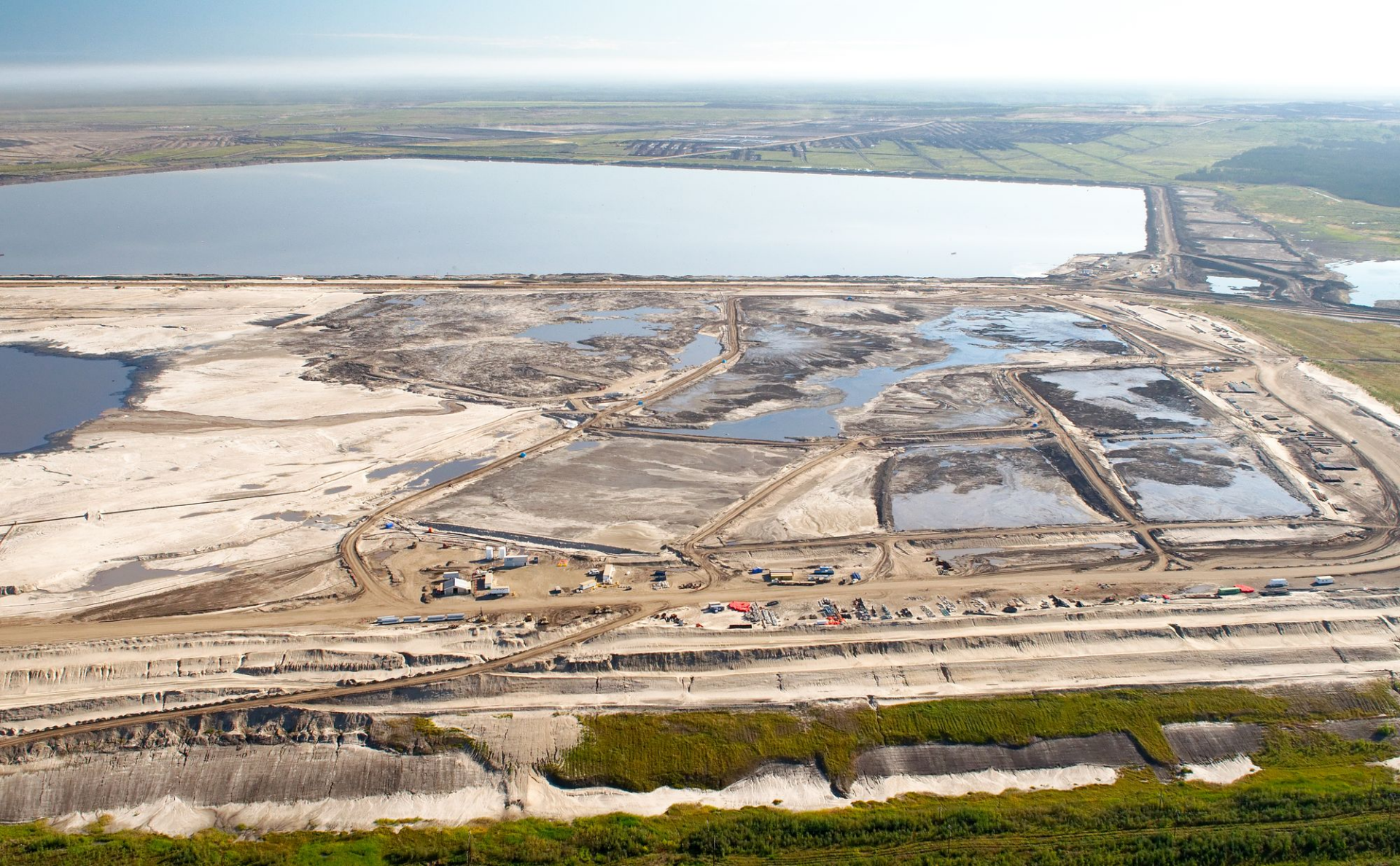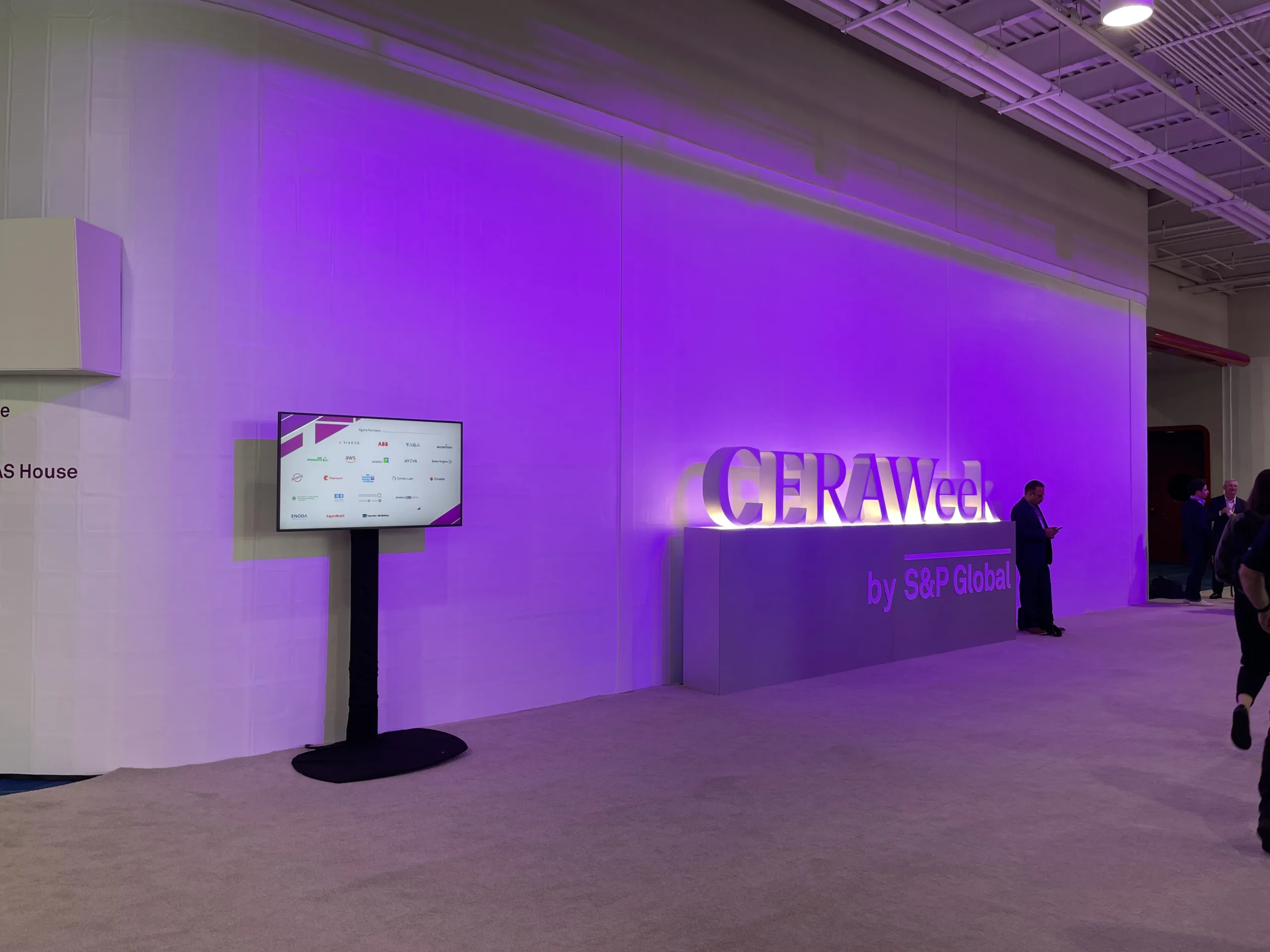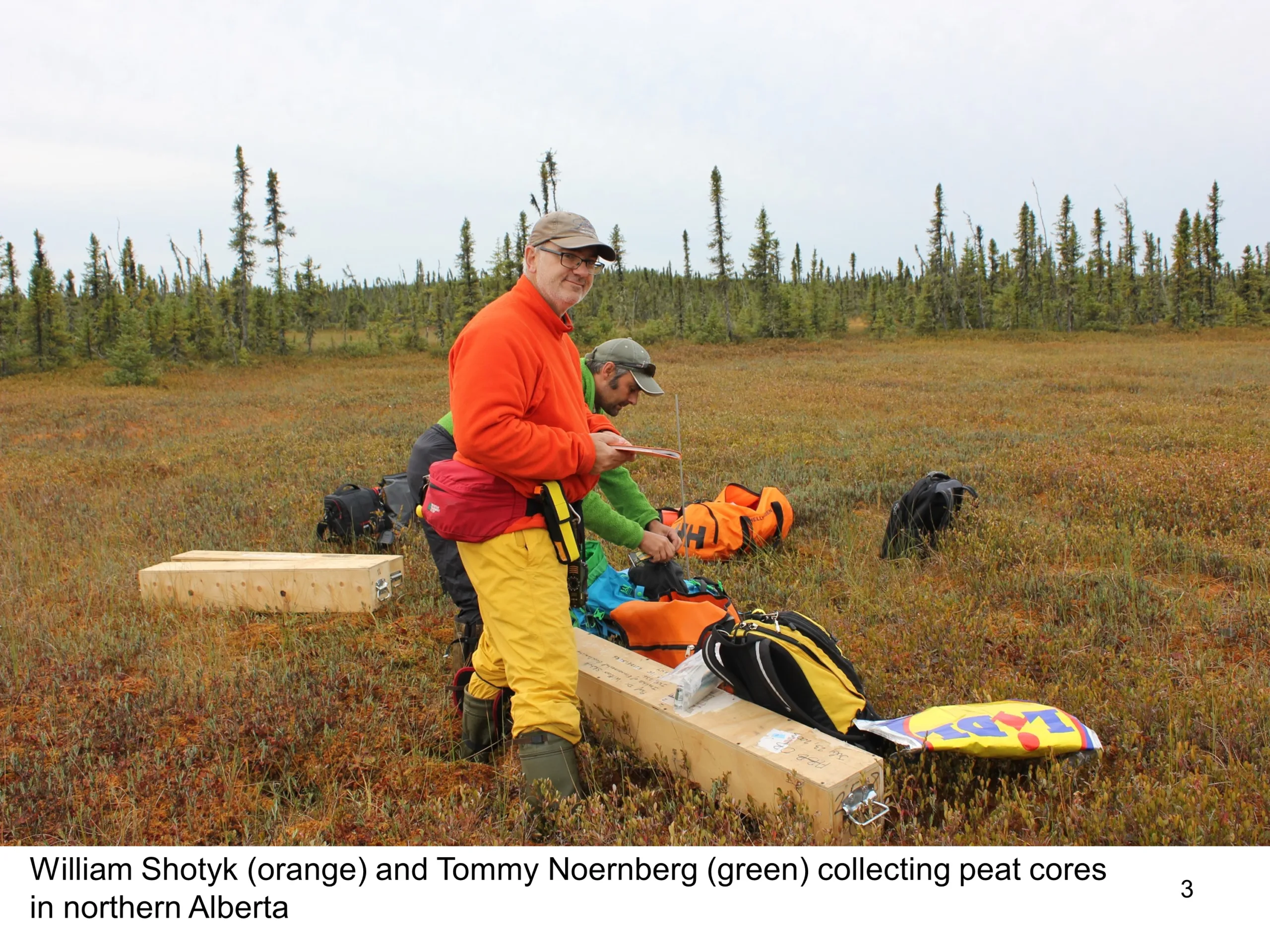Emerging Technologies: New Water Treatment Technologies Address Emissions

Driving innovation in water treatment
With more than 290 published papers under his belt and 27 Ph.D. students graduated under his supervision, the University of Alberta’s Mohamed Gamal El-Din has created the leading research program in oil sands process water treatment in the world. The program has important implications to industrial process water treatment worldwide.
The ultimate goal of Gamal El-Din’s research is to help companies safely return treated oil sands process water to the environment, while preserving environmental and public health. Unlike other mining, industrial and municipal sectors in Canada and globally, there are currently no regulations in place to release the treated mine water and it is stored on site.
Since 2011, Gamal El-Din has served as the NSERC Senior Industrial Research Chair in Oil Sands Tailings Water Treatment in the Department of Civil & Environmental Engineering’s School of Mining & Petroleum Engineering. Canada’s Oil Sands Innovation Alliance (COSIA), the research arm of the Pathways Alliance, and several Pathways member companies are partners in the chair program.
Collaboration essential to success
During the last 11 years, the program has made important advancements in the fundamental understanding of remediation strategies for oil sands water. Gamal El-Din’s team is currently working on 27 projects that are investigating active, semi-passive, and passive treatment processes and approaches to treating industrial water from oil sands operations.
Although these projects have been conducted at the bench-scale level, the treatment technologies are ready to be implemented in the field. Learnings have been implemented in existing pit lakes and ponds, and two projects have moved on to pilot testing. One project will be deployed in the field in 2023.
Gamal El-Din’s work is carried out in collaboration with several Pathways Alliance member companies.
“I can’t do it alone, the work has to be multi-disciplinary,” explains Gamal El-Din, “I collaborate with microbiologists on some specialized aspects of the research, for example, ecologists for assessing the safety of treated water, and many other specialists. This is not a simple challenge with simple solutions.” With this collaboration, the ingredients are in place to deliver groundbreaking technologies, he says.
Investigating natural solutions
Gamal El-Din’s research has guided the development of a number of passive, long-term treatment options, including natural solutions using ponds and constructed wetlands to filter unwanted compounds from the water. These approaches are relatively low cost and low maintenance.
In addition, the team has investigated semi-passive or active treatment approaches that are potential gamechangers, as they could reduce water treatment times from years to hours or even minutes.
“We work on processes and technologies that no one has ever looked at before, and when we get results, and see the potential for scaling up from lab scale to a pilot stage, we get very excited,” Gamal El-Din says.
Lowering costs and emissions
One of the team’s research projects uses electricity to remove unwanted components in place of chemical additives. A small electrical charge fuels a chemical reaction which degrades molecules of concern, including naphthenic acids. Solar panels can be used to generate this electricity, thereby eliminating the greenhouse gas emissions associated with this remediation treatment.
“Solar-driven electrochemical oxidation is a promising treatment option that is both sustainable and relatively inexpensive,” said Gamal El-Din. “Its application in constructed wetlands and pit lakes is an environmentally-friendly solution which reduces the time it takes to prepare process water for release into the environment.”
Beyond the oil and gas industry, the treatment approaches pioneered by Gamal El-Din can easily be transferred to the treatment and management of wastewater in many industries, such as chemical plants, pulp and paper mills, refineries, and municipal wastewater treatment.


